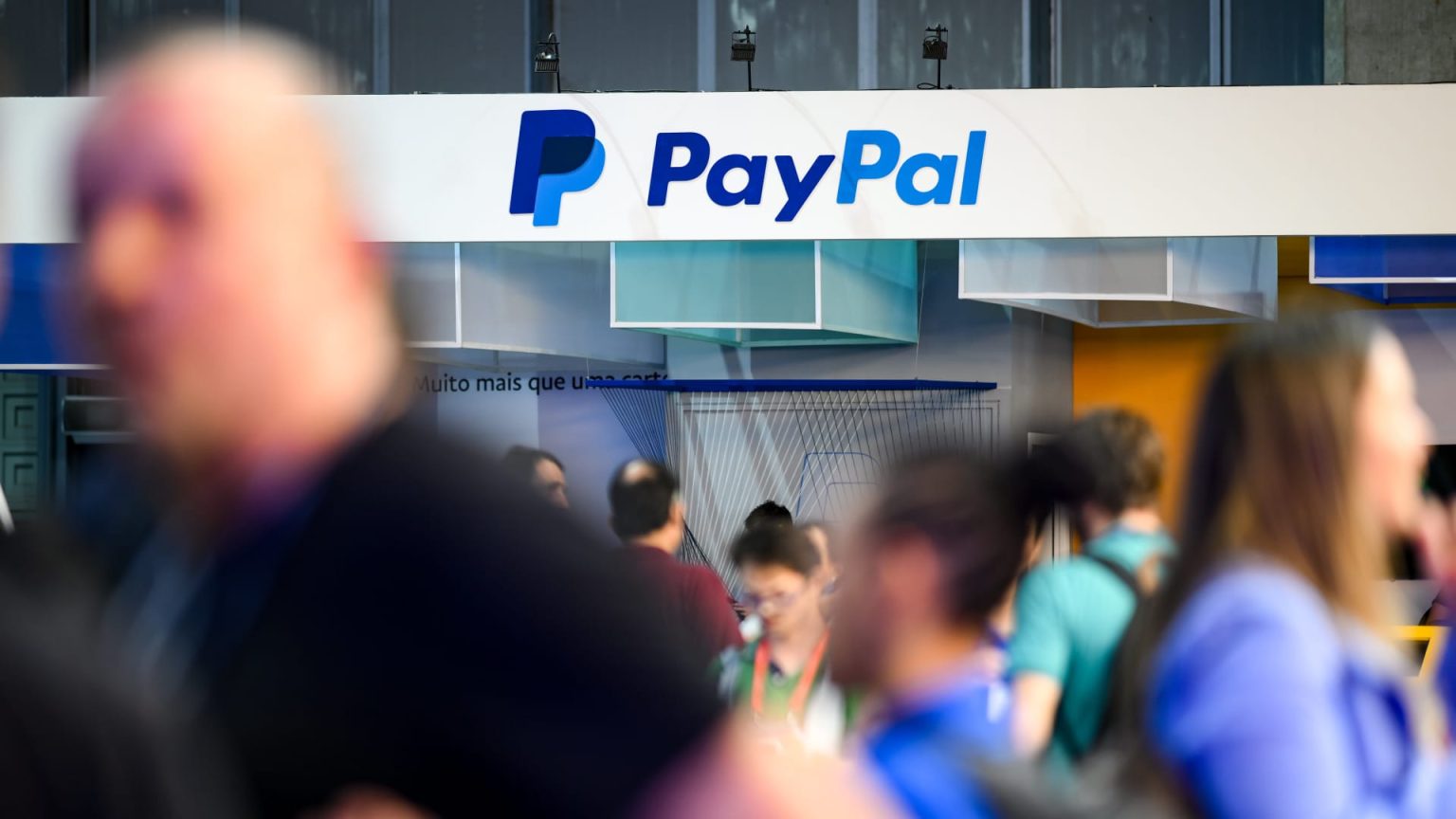PayPal recently released its financial results for the first quarter of 2025, showcasing a mixed performance. While the company reported better-than-expected earnings per share, it fell short of revenue estimates and reaffirmed its cautious outlook amid ongoing macroeconomic uncertainties. The results reflect PayPal’s shift in strategy toward prioritizing profitability over volume, which has influenced its growth metrics.
| Article Subheadings |
|---|
| 1) Overview of First Quarter Earnings |
| 2) Profitability Focus and Revenue Streams |
| 3) Growth Metrics and User Engagement |
| 4) Market Dynamics and Analyst Insights |
| 5) Future Guidance and Investment Outlook |
Overview of First Quarter Earnings
During the earnings report, officials from PayPal announced that the company’s earnings per share reached $1.33, surpassing analysts’ expectations of $1.16. However, revenue figures raised concerns as they totaled $7.79 billion, falling short of the anticipated $7.85 billion. This discrepancy has highlighted a mixed performance amidst a backdrop of broader macroeconomic challenges impacting various industries.
While the earnings beat expectations, the slight increase in sales from the previous year’s $7.7 billion indicates that PayPal’s growth trajectory may be hampered by external economic conditions. The company’s stock remained stable following the report, indicative of investor caution in relation to the broader market’s uncertainty.
Profitability Focus and Revenue Streams
In light of the current economic climate, PayPal has adopted a strategy that emphasizes profitability over sales volume. The company reported a 7% growth in transaction margin dollars, which is a critical measure of its profitability, reaching $3.7 billion. CEO Alex Chriss noted that this marked the fifth consecutive quarter of profitable growth under his leadership.
By rolling off lower-margin revenue streams, PayPal aims to enhance overall profitability. This strategic pivot is essential for the company to remain competitive in the fast-evolving digital payment industry, especially amidst rising competition from tech giants like Apple and emerging firms.
Growth Metrics and User Engagement
On the growth front, PayPal reported a 2% increase in active accounts, totaling 436 million. The company’s enhanced user experience during checkout has garnered notable traction, with over 45% of U.S.-branded checkouts now utilizing PayPal’s upgraded services. Further expansion is expected as these improvements are rolled out across Europe.
In addition, the Venmo platform has shown remarkable growth, with revenue climbing 20% year-over-year and total payment volume increasing by 10% to $75.9 billion. Notably, Venmo debit card usage surged, with nearly 2 million new users added during the quarter—an increase of about 90% from the previous year. The company has also seen significant momentum in its ‘Pay with Venmo’ feature, further solidifying its position in the digital finance market.
Market Dynamics and Analyst Insights
Despite the positive indicators, some market analysts expressed caution ahead of the earnings report. Analysts from firms like Morgan Stanley have highlighted the potential risks posed by tariffs and increasing competition. Concerns about a long-term slowdown in branded checkout growth have also been raised.
Jefferies analysts pointed to PayPal’s exposure to cross-border transactions in China as a significant risk amid changing tariff regulations. However, PayPal CFO Jamie Miller reassured investors, noting that less than 2% of total payment volume comes from Chinese merchants, suggesting that the company’s global diversification provides a buffer against these risks.
Future Guidance and Investment Outlook
Looking ahead, PayPal provided more optimistic guidance for the second quarter, forecasting adjusted earnings per share between $1.29 to $1.31, exceeding the average analyst estimate of $1.21. Additionally, the company anticipates a transaction margin growth of 4% to 5%, estimating this will reach between $3.75 billion and $3.8 billion.
However, due to ongoing global macroeconomic uncertainties, the firm has chosen to reaffirm its full-year guidance, projecting earnings per share of between $4.95 to $5.10, and free cash flow in the $6 billion to $7 billion range. As of now, PayPal’s shares have seen a 24% decline this year, while broader market indicators like the Nasdaq have decreased by approximately 10%.
| No. | Key Points |
|---|---|
| 1 | PayPal reported Q1 earnings per share of $1.33, surpassing expectations. |
| 2 | The company’s revenue of $7.79 billion fell short of forecasts. |
| 3 | PayPal emphasizes profitability, achieving a 7% increase in transaction margin dollars. |
| 4 | Venmo revenue rose 20%, with notable increases in user engagement. |
| 5 | The company reaffirms its cautious outlook for the full year amidst economic uncertainties. |
Summary
In conclusion, while PayPal’s first-quarter earnings signal some positive growth, the company faces significant challenges that could impact its future performance. By prioritizing profitability and adapting its strategies, PayPal aims to navigate the competitive landscape effectively. The mixed results underscore the importance of vigilance in managing investor expectations, especially as macroeconomic factors continue to evolve.
Frequently Asked Questions
Question: What did PayPal report for its first quarter of 2025?
PayPal reported earnings per share of $1.33, exceeding analyst expectations, but its revenue of $7.79 billion fell short of forecasts.
Question: How has PayPal adapted its business strategy?
The company has shifted its focus toward profitability, rolling off lower-margin revenue streams to enhance its overall financial health.
Question: What are the future outlooks for PayPal?
For the second quarter, PayPal expects adjusted earnings per share between $1.29 and $1.31, while reaffirming full-year earnings per share projections amidst global economic uncertainties.


